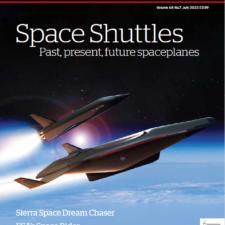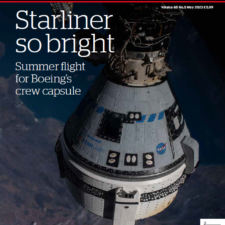Minimal Crew Size and Sensitive Reproductive Parameters on Multigenerational Interstellar Travel
£5.00
Sano Satoshi (2023), JBIS, 76, pp.288-296
Refcode: 2023.76.288
DOI: https://doi.org/10.59332/jbis-076-08-0288
Multigenerational interstellar travel to exoplanets, as well as manned missions to the Moon and Mars, has been investigated in the world. Defining the minimum crew size of interstellar ships is one of the most important research areas for interstellar travel, because designing multigenerational interstellar ships requires defining a critical crew size, which factors into many variables, including food production, air/water control, and propulsion. Anthropologists and astrophysicists have recently tackled with the minimum crew size of interstellar ships in the field of “Space anthropology”. Previously published computations in the field of space anthropology provided a critical crew number of 1,900- 2,000 (Sano, 2021) with constant reproductive parameters, but did not fluctuate reproductive parameters such as infertility, initial genetic diversity and number of children per woman. These parameters would fluctuate during the real multigenerational journey. Then, a more accurate estimate of the critical crew size would be obtained from the fluctuating parameters. This paper provides a critical crew size of 1,400-6,800 for interstellar travel using the fluctuating parameters, and clarifies which anthropological parameters are sensitive and how critical to be controlled aboard interstellar ships. It indicates that measuring infertility and controlling the number of children per woman for many generations onboard interstellar ships are essential to prevent extinction, and firstly quantifies the importance of high diversity of initial crew and procreation window for interstellar travel.
Keywords: Space Anthropology, Multigenerational Interstellar Travel, Space Genetics





